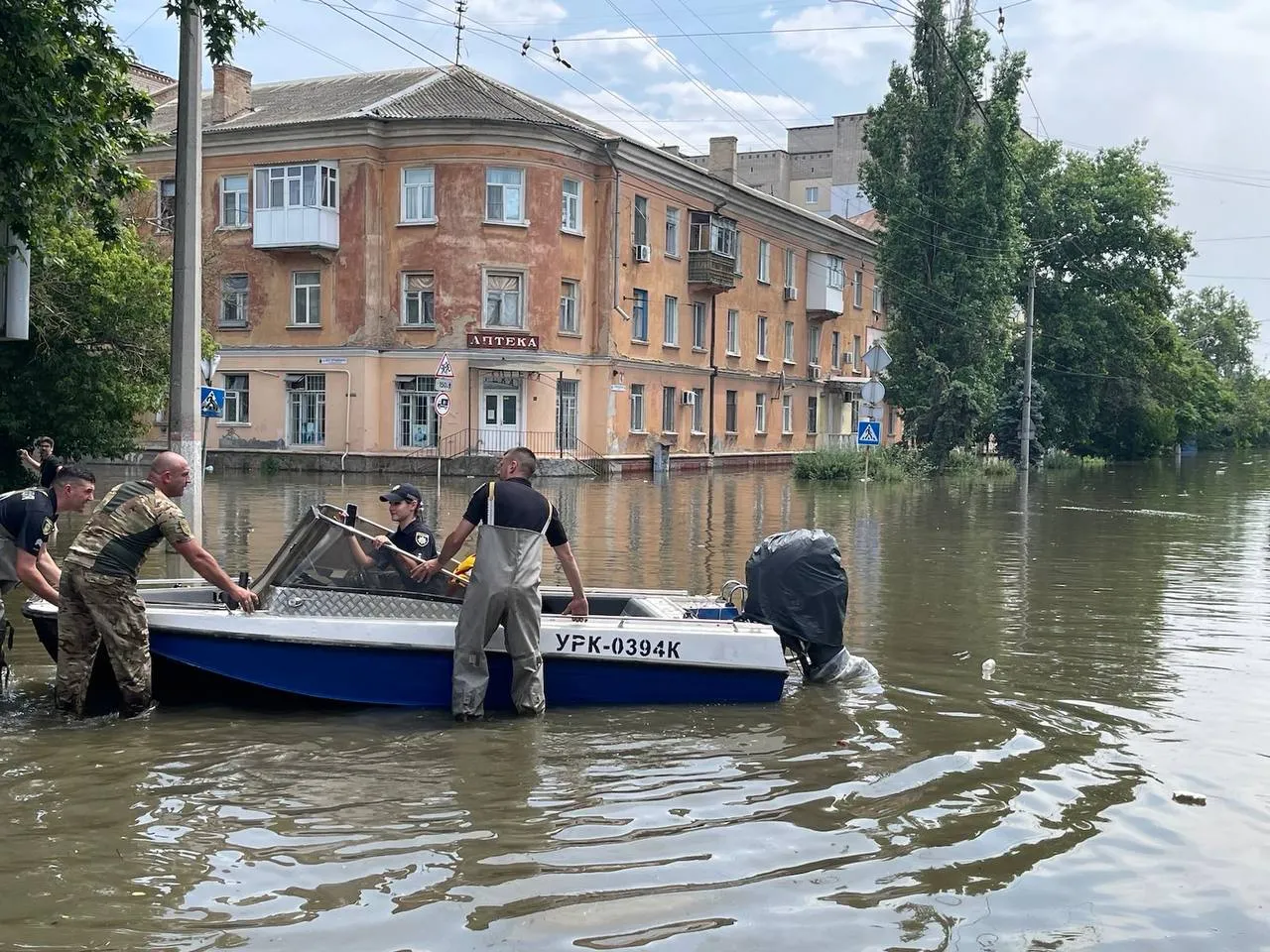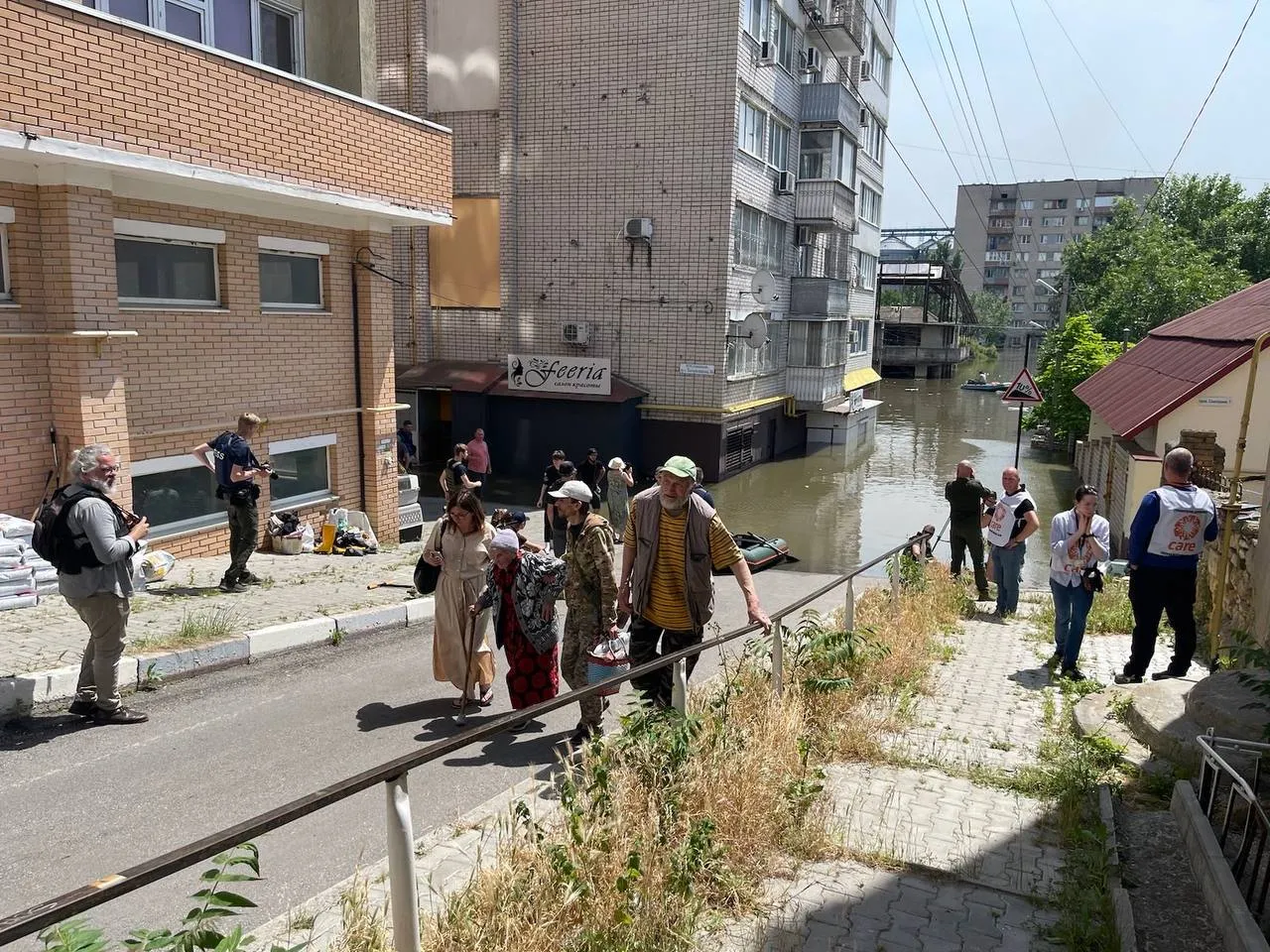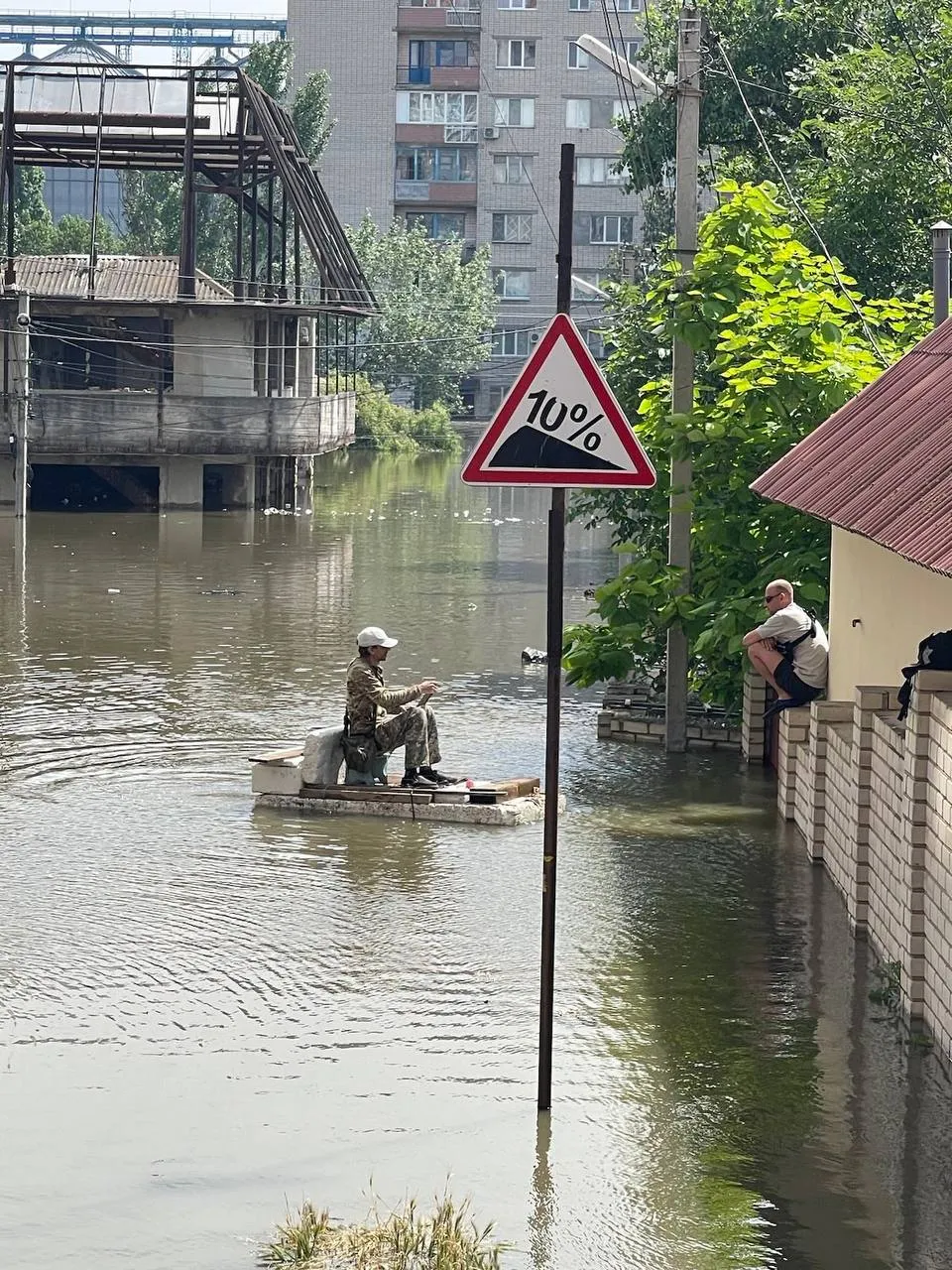Along with the Kakhovka dam itself, the turbines and generators of the region’s crucial power were also destroyed, and the floodwaters are expected to continue rising.
As soon as the news of the catastrophe broke, CARE began coordinating its response to bring relief to those in the flood zone, but the changing circumstances and ongoing conflict have made assistance difficult.
“You’re having to move quickly while at the same time constantly assessing the security situation,” Alex Hope, CARE’s country safety manager told USA Today. “We’re still monitoring the situation because the flooding could increase.”
The flooded area has been a site of intense fighting, which has raised concerns from aid groups over unexploded ordnance.
“The area where the Kakhovka dam was is full of landmines, which are now floating in the water,” Fabrice Martin, Country Director at CARE Ukraine, told CNN.
According to current information from the Kherson regional administration, over two thousand houses have been flooded, and 1,894 people have been evacuated.
Still, many residents remain stranded.
Selena Kozakijevic, another member of CARE’s Ukraine team, told the Washington Post that many of those left behind are elderly people and people with disabilities, adding to the complications.



